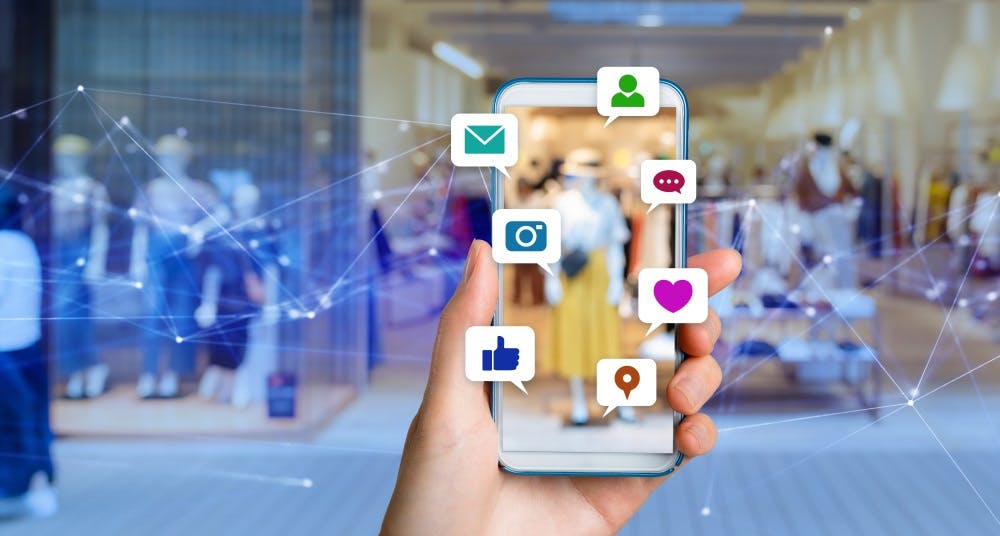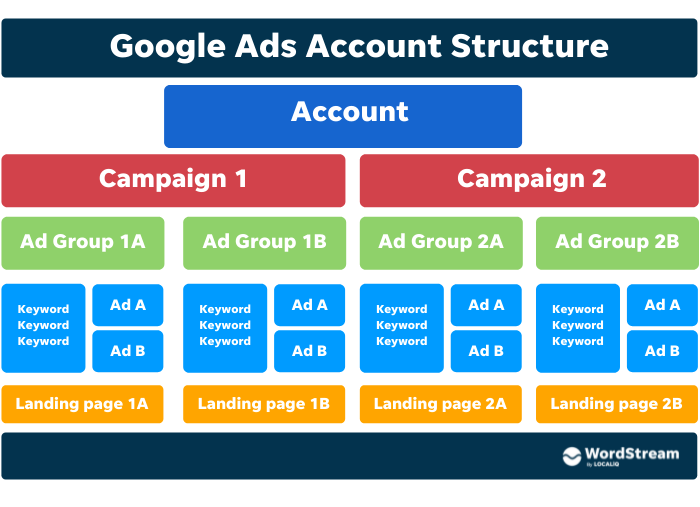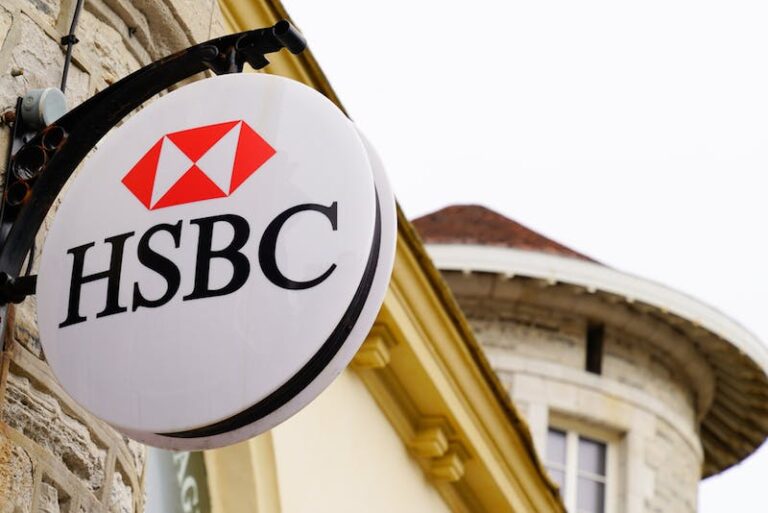
Some commentators bullishly predict a platform-agnostic future, where audiences will pay for content directly from influencers, such is the growing trend for authentic and long-term creator partnerships. One-off posts are now recognised merely as advertising rather than influencer marketing.
Indeed, livestreaming is also likely to become a key feature within influencer strategies this year, spurred on by social platforms rolling out their own live shopping events towards the end of 2021, such as YouTube’s Holiday Stream and Shop, and TikTok’s On Trend. As The Influencer Group’s Sarah Penny states, “This move will inevitably kick start more brands into trying this medium, having seen the platforms lead the way, and if the industry looks at China, where this is common practice and accounts for a large portion of social selling revenues, they’ll see it is the way forward.”
Improved shopping features on social media platforms have no doubt driven the evolution of influencer marketing, too. This is only going to continue. Accenture research from early this year forecasts that shopping on social media will grow three times as fast as ecommerce itself to reach .2 trillion by 2025, with Millennial and Gen Z consumers accounting for 62% of global social commerce spend by 2025.
Social Media Platforms Overview Best Practice Guide
Sarah Penny, Content and Research Director of the Influencer Group (sister brand to Econsultancy), explains that the pandemic has accelerated long-term partnerships, as during this time “brands [have] needed to lean on creators for more than just access to their audience; often for storytelling to cut through the noise, and to create brand content when budgets were reduced and restrictions hindered their own ways of producing branded content.” New, creator-driven mediums like TikTok are enabling influencers to take control of their own content (and careers), driven by invested audiences that, of course, want to follow them rather than the brand they represent.
Instead of just fronting ads, influencers can now tag products in their own posts, enabling invested audiences to discover, and soon, to check out in-app. Influencers are essentially becoming a new ‘storefront’ for brands, driving both marketing and sales through authentic partnerships.
With more adspend on digital, greater regulation, social and live commerce, and deeper levels of consumer engagement – 2022 could be the year the influencer industry grows up.
Snug CEO Rob Bridgman: social commerce is “the next wave of innovation in retail”
Finally, irrespective of category, another area of influencer marketing that will further emerge in 2022 is ‘subject matter experts’, with influencers continuing to generate high engagement based on their expertise in a chosen topic, whether that’s skincare, healthcare, or more niche topics. In turn, influencers will become brands in their own right – something we’ve already seen from the likes of Alex George and Steven Bartlett, who have both used social media as the jumping off point for other, more mainstream career paths.
Ultimately, with brands scrambling to demonstrate distinctiveness online, the voice of the influencer is likely to grow even stronger in 2022.
In 2022, this will also result in greater diversification of influencer categories, with retail brands outside of fashion and beauty utilising social commerce at scale. Sofa-in-a-box brand Snug is an prime example: it saw a 450% rise in sales after 30,000 users signed up to a live social event in 2021. Involving both mainstream and micro-influencers, Snug’s social events aim to generate engagement through entertainment and escapism, echoing the innovative live social events (with integrated commerce) that are popular in China.



![What Is Schema Markup [and Why Is It Important For SEO]](https://research-institute.org/wp-content/uploads/2021/04/what-to-know-before-you-sell-your-small-business-768x432.png)

